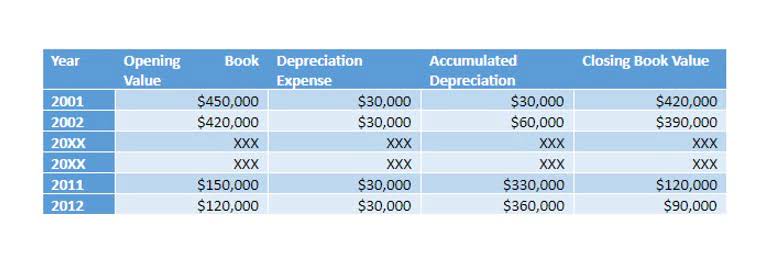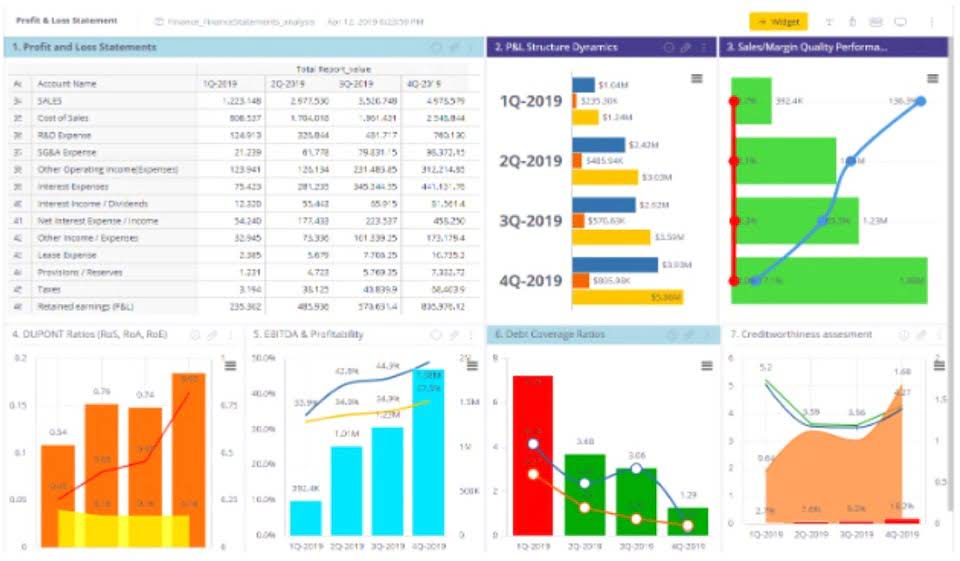Bookkeeping
What Is Change in Net Working Capital?

In industries like retail and ecommerce, they often face huge fluctuations in inventory levels. However, this can be confusing since not all current assets and liabilities are tied to operations. For example, items such as marketable securities and short-term debt are not tied to operations and are included in investing and financing activities instead. The net working capital calculation is an essential financial metric used to measure the deviation or divergence between an entity’s current assets and current liabilities. Every business enterprise extensively uses this metric to understand the economic or financial condition of the enterprise.
How to Find Change in NWC on Cash Flow Statement (CFS)

If you are a business owner, it makes no sense to constantly check whether you have more assets than liabilities on the balance sheet. The net working capital (NWC) is the difference between the total operating current assets and operating current liabilities. Positive working capital generally means a company has enough resources to pay its short-term debts and invest in growth and expansion. Conversely, negative working capital indicates potential cash flow problems, which might require creative financial solutions to meet obligations. Working capital is calculated from the current assets (assets the company can sell or spend easily within one year) minus any upcoming debt payments due over the next year. For example, if a company has $100,000 in current assets and $30,000 in current liabilities, it has $70,000 of working capital.
- Changes in Net Working Capital is a financial concept that refers to the change in a company’s current assets minus its current liabilities over a certain period of time.
- Conversely, efficient management of working capital, such as collecting accounts receivable faster or delaying payments to suppliers, can free up cash.
- This demonstrates the potential for process improvements to improve change in net working capital free cash flow.
- Conceptually, working capital represents the financial resources necessary to meet day-to-day obligations and maintain the operational cycle of a company (i.e. reinvestment activity).
- A good method to calculate your working capital needs is to use the current ratio, which divides current assets by current liabilities.
Cash Investments (or Injections)
It encompasses current assets such as cash, inventory, and accounts receivable, minus current liabilities like accounts payable and short-term debt. Changes in working capital reflect the fluctuations in a company’s short-term assets and liabilities over a specific period. An increase in working capital, while seemingly positive, can paradoxically reduce a company’s free cash flow. This occurs because a rise in working capital represents a larger investment in current assets like inventory or accounts receivable. These assets tie up cash that could otherwise be used for other purposes, directly impacting the change in net working capital free cash flow.

Using Change in Working Capital to Calculate Warren Buffett’s Version of Free Cash Flow: Owner Earnings

Conversely, a negative change, or a decrease in net working capital, signals declining liquidity. This can point to potential cash flow issues, where the company might struggle change in net working capital to meet its short-term financial commitments. A shrinking NWC could necessitate seeking additional external financing to bridge short-term funding gaps.
- Effective working capital management is all about finding the right balance – enough liquidity to operate smoothly, but not so much cash tied up that it’s not earning a return.
- Whether you’re trying to obtain a loan for your business, or if you’re simply hoping to improve your business’s cash flow, you may want to evaluate your business’s working capital and net working capital.
- In contrast, Company B, a tech startup, prioritized efficient accounts receivable management.
- For example, using cash to buy inventory will decrease cash flow because the business no longer has that cash readily available.
- To calculate your business’s net working capital, you’ll need to first calculate its working capital.
- Long-term loans that replace short-term liabilities can actually increase working capital by reducing current liabilities.
Explore firsthand how working capital impacts financial performance and enhances your modeling skills! We understand that managing working capital, especially during periods of growth or seasonal peaks, can be challenging. Technically, it’s calculated as your Current Assets Travel Agency Accounting minus your Current Liabilities (see the working capital formula for details).
- Conversely, a negative change in net working capital signifies that current assets have decreased relative to current liabilities, or current liabilities have increased relative to current assets.
- This can point to potential cash flow issues, where the company might struggle to meet its short-term financial commitments.
- The reason is that the current asset Cash increased by $50,000 and the current liability Loans Payable increased by $50,000.
- Changes in working capital reflect the fluctuations in a company’s short-term assets and liabilities over a specific period.
- This may prove to be evidence of efficient operations or a quicker stock turnover.
- Conversely, a negative net working capital implies that current liabilities exceed current assets, which could signal potential liquidity challenges.
That jump was the biggest driver of the change in net working capital for this company over the past year. Working capital serves as a measurement of a business’s short-term assets (including cash, inventory, and accounts receivable), minus its short-term liabilities (such as payroll, taxes, and accounts payable). Free cash flow (FCF) measures a business’s cash from operations minus its capital expenditures. Notably, FCF accounts for equipment and asset spending, as well as working capital changes. Maintaining adequate net working capital is important for a company’s smooth functioning. It ensures there is enough cash or easily convertible assets to cover immediate expenses and liabilities, preventing potential liquidity issues.

What Is Change in Net Working Capital?
If the Change in Working Capital is negative, the company must spend in https://origenespatagonia.cl/2022/05/23/going-concern-disclosure-what-it-is-and-when-its/ advance of its revenue growth – like a retailer ordering Inventory before it can sell and deliver its products. The best rule of thumb is to follow what the company does in its financial statements rather than trying to come up with your own definitions. HighRadius leverages advanced AI to detect financial anomalies with over 95% accuracy across $10.3T in annual transactions. With 7 AI patents, 20+ use cases, FreedaGPT, and LiveCube, it simplifies complex analysis through intuitive prompts.
Comments are closed
